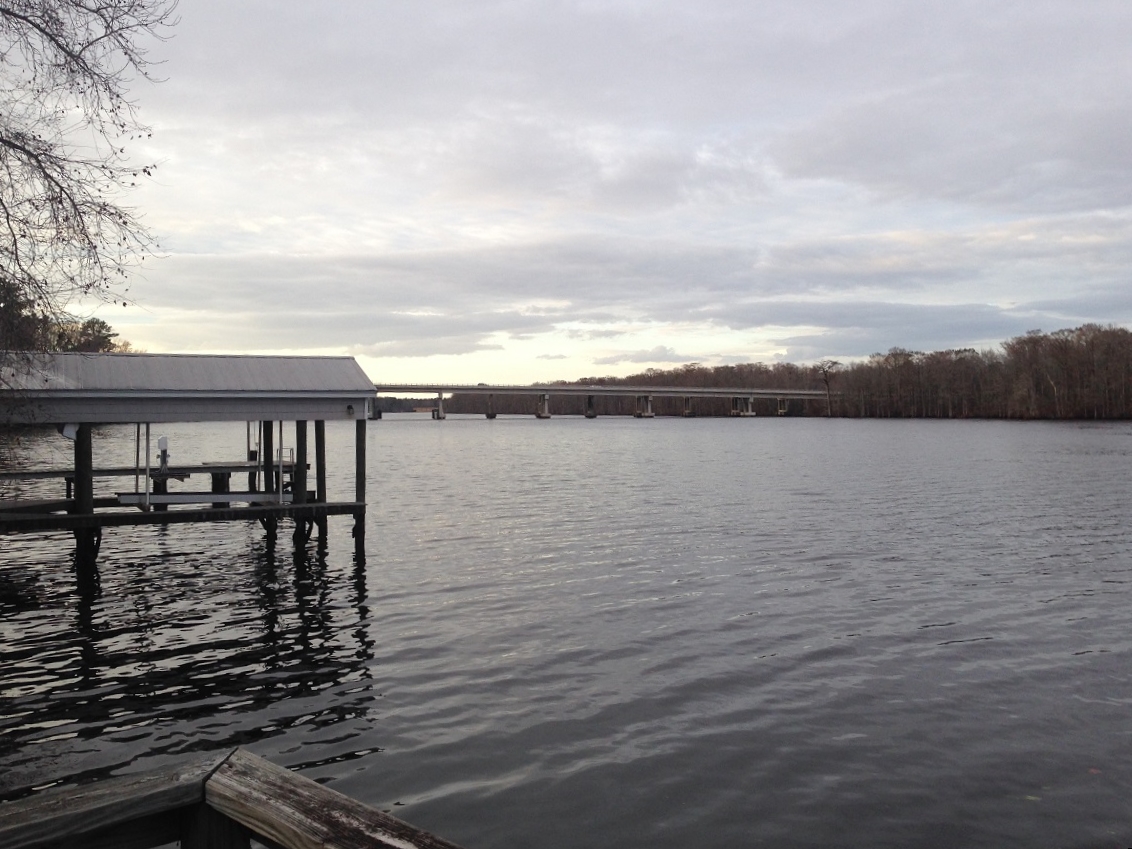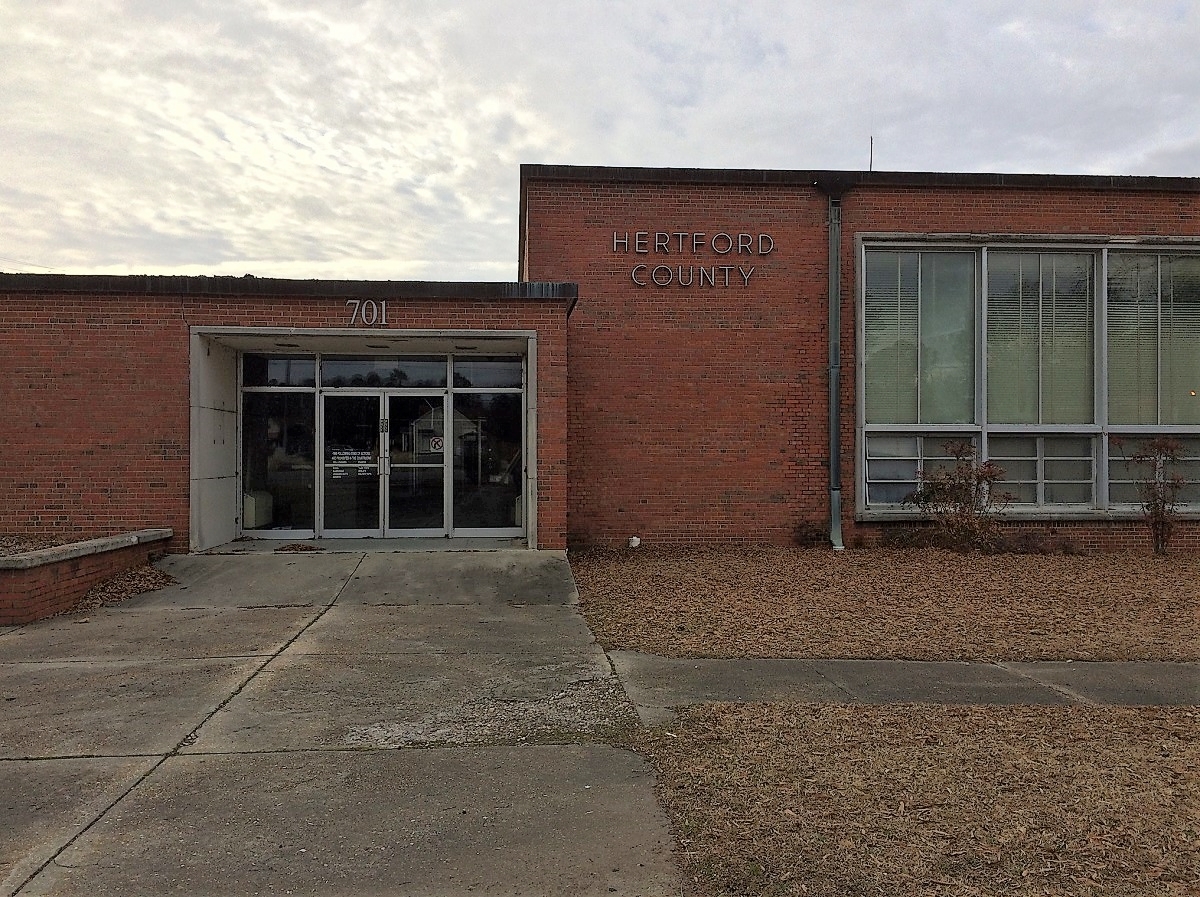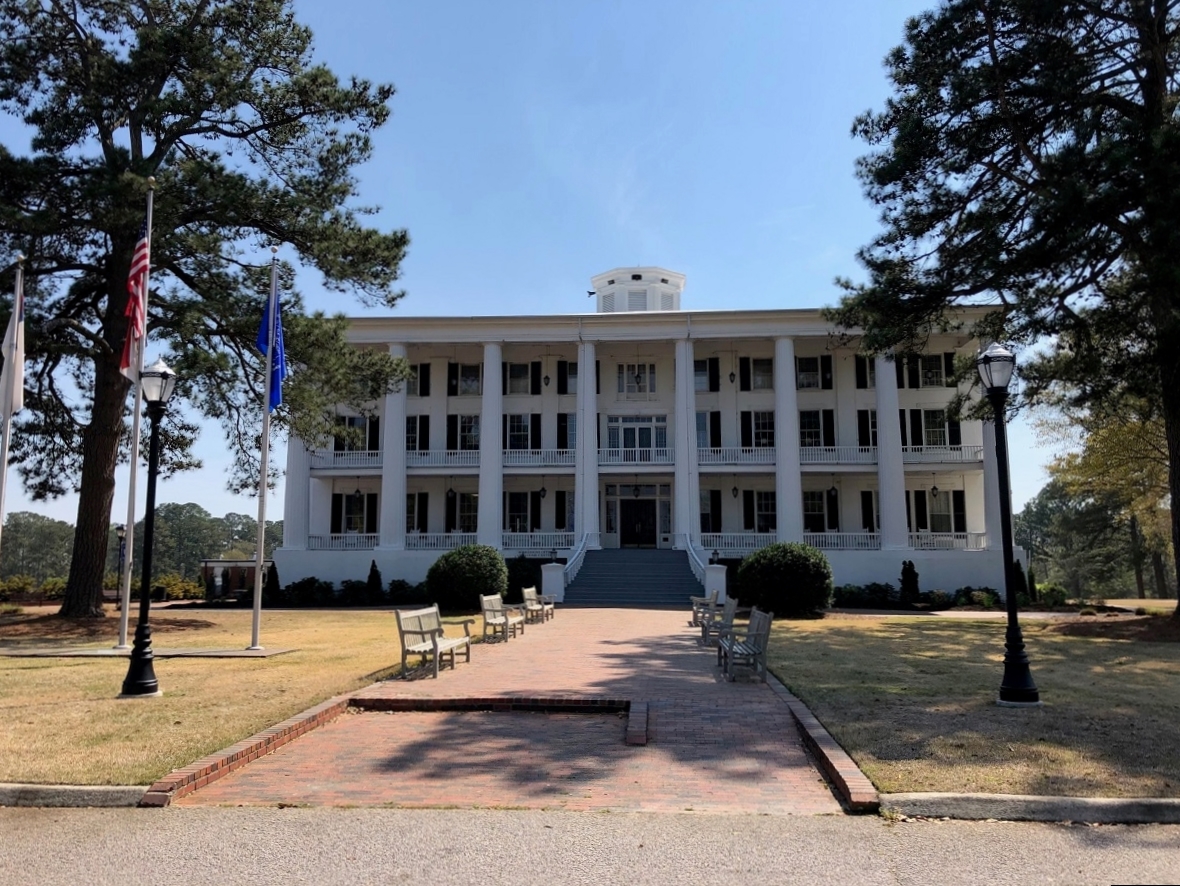
Part of a history series examining each of North Carolina’s 20 coastal counties.
The region around the Albemarle Sound was the first part of North Carolina to be settled by Europeans, but they quickly expanded outside of that region and moved on to both the south and the west.
Supporter Spotlight
One area they quickly settled in, later named Hertford County, gained an identity all its own over the next three centuries. Although it is small and still mostly rural, Hertford County remains one of the most vibrant, successful counties in the otherwise economically challenged region of northeastern North Carolina.
The area that became Hertford County, home to the Chowanoke and later Meherrin Native Americans, was an early frontier for the colony of North Carolina. It was settled by Virginians moving south and North Carolinians moving west once they started to exhaust the most fertile land east of the Chowan River.
The first European land grants in the area date from 1710. Hertford County was formed in 1759 from sections of Bertie, Chowan and Northampton counties. According to the Colonial Records of North Carolina, the county was formed because the large size of existing counties “render[ed] it grievous and burthensome to many of the Inhabitants thereof to attend the Courts of Justice, and other Public Meetings appointed therein.”
The county was named after Francis Seymour Conway, Marquis of Hertford, whom David Leroy Corbitt described as a nobleman and soldier.
Hertford County grew prosperous during the antebellum period. It was a rural county, focused on tobacco and corn cultivation. Two navigable rivers, the Chowan and Meherrin, connected the county to Virginia. Residents used the rivers to send their produce downstream and also receive goods from southside Virginia. Where bridges were not an option, they used ferries. One of the last cable ferries in North Carolina, Parker’s Ferry over the Meherrin River, was still operational as of 2020.
The county’s wealth was produced using the work of enslaved and free African Americans. Hertford County had the ninth largest percentage of slaves in the state according to the 1860 Hergesheimer map compiled by Edwin Hergesheimer using information from the 1860 census to show the distribution of the enslaved population of the southern states. That proportion, 53%, was more than every other county north of the Albemarle Sound, except for Bertie at 58.6% and Chowan at 55.5%.
The county’s wealth enabled the construction of stately homes throughout Hertford, most notably in the town of Murfreesboro. Several of these homes still stand today, including Melrose built in 1805 and the Freeman House built in 1810. Murfreesboro grew along with the county seat of Winton, incorporated in 1766.
The courthouse in Winton was burned in 1862 and rebuilt in 1875. That historic structure was torn down in 1955 and replaced with the modernist building currently located on Justice Drive.
Supporter Spotlight

One of the most well-known institutions in the county, Chowan University, began during the antebellum period. It started as Chowan Baptist Female Institute in 1848 and became coeducational in 1931.
The hallmark of the school in the antebellum period and today is the McDowell Columns building. Catherine Bishir and Michael T. Southern, in “A Guide to the Historic Architecture of North Carolina,” described the Columns building as a massive one whose size is emphasized by eight fluted columns and a sizable cupola on top.

The Civil War devastated Hertford County more than many other counties in the Albemarle region. Winton became the first town in North Carolina to be burned by the Union.
In February 1862, Union troops under Ambrose Burnside led an expedition to the Wilmington and Weldon Railroad and, after facing stiff resistance from the town, set it ablaze. According to the North Carolina Highway Historic Marker Program, the act was controversial and set a precedent for later examples of “total war” throughout the next three years.
Following the war, Hertford County had to change its economic model. Slavery was over. There were few financial resources and no sizable towns. As in much of the Albemarle region, tobacco was no longer profitable. The county responded by turning to peanut cultivation and truck farming throughout its rural areas. Residents also embraced industry more than surrounding counties such as Gates or Bertie.
The town of Ahoskie, incorporated in 1893, became a site of industry for the county. Ahoskie grew up as a stop on the Norfolk and Carolina Railroad. It housed a basket factory and a sawmill that employed 100 employees in the early 1900s as noted in the historic register nomination for the Ahoskie Historic District.
The 20th century in Hertford County was defined by a shift in growth toward Ahoskie. This town currently has about 4,800 residents, more than any town north of the Albemarle Sound except Elizabeth City. Murfreesboro also grew along with Chowan College.
The 19th and 20th centuries saw many famous residents of the county and its college.
Notable people from Hertford County include diplomat John H. Wheeler, tennis pioneer Julian Myrick, and Richard Gatling, inventor of the Gatling gun, who was born in the small town of Como.

As for Chowan University, the most famous alumnus of the college is Nate McMillan, longtime NBA player and coach of the Atlanta Hawks.
There was also Donald Strehle Whitehead, an Idaho lieutenant governor who became briefly famous for seeing a UFO in 1947.
Hertford County’s earlier shift toward industry has made it more economically resilient than some of its neighbors to the east. It still has industry in the form of steel, aluminum and plastic factories as reported by the Ahoskie Chamber of Commerce website.
The county’s position on the border with Virginia has brought it close to the growing Suffolk area. Hertford County also has the potential to grow with Chowan University, with the placement of a university being a major indicator of small-town success in the 21st century. As author Alana Semuels wrote in The Atlantic in 2017, “college campuses and educational institutions can bolster the economies of small towns that otherwise would be struggling.”
In many ways, Hertford County is well poised to use its land and university to help continue the mix of agricultural and small-town growth that has characterized it for the past two centuries.







